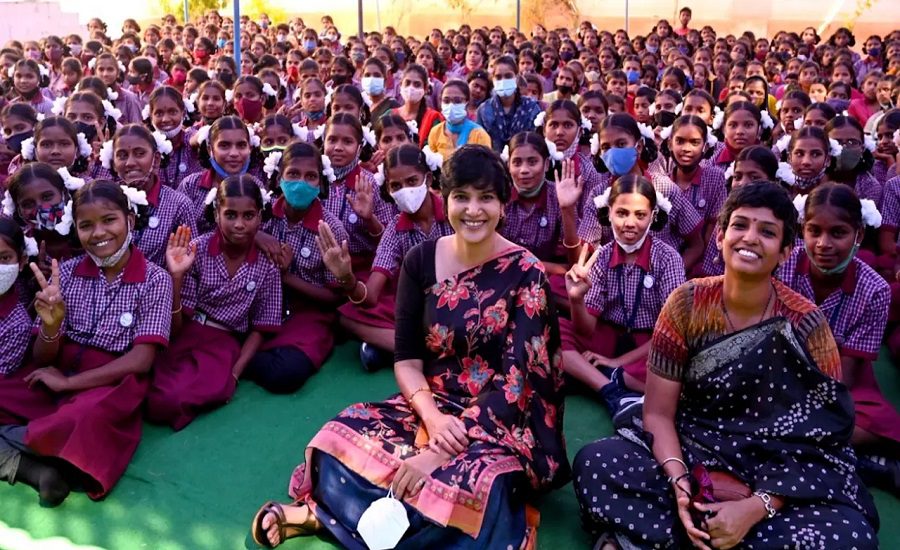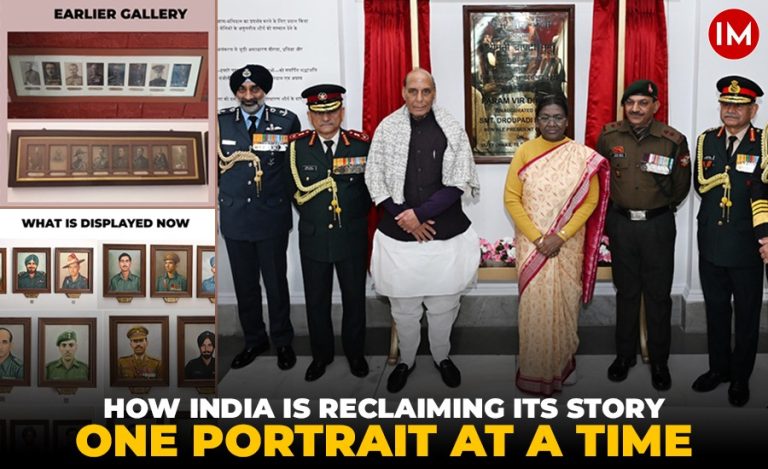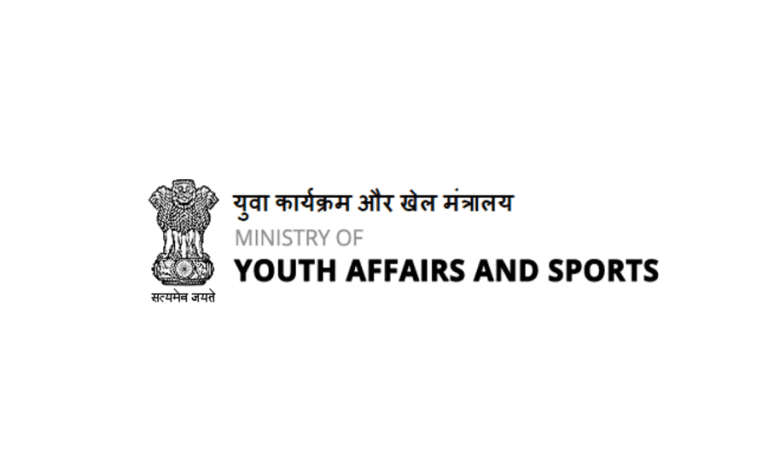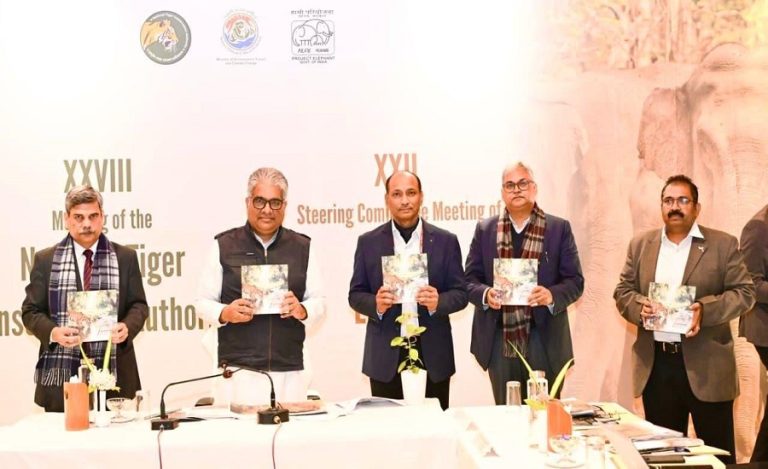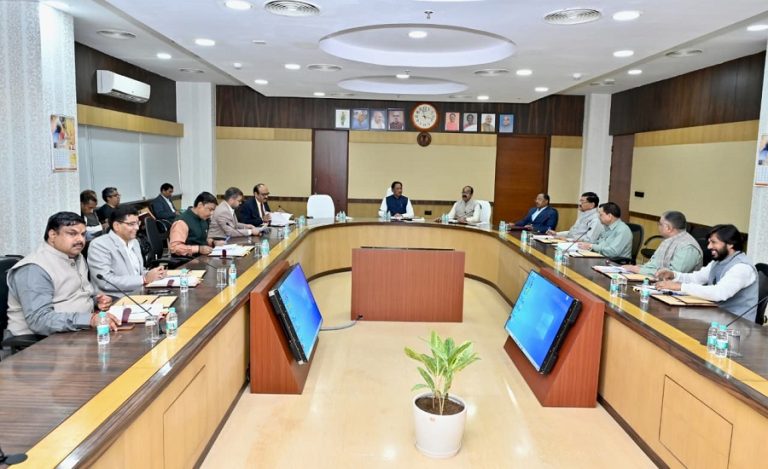Education is the cornerstone of any society’s progress, but genuine transformation often demands bold ideas and fearless leaders who can inspire change. Hyderabad, a vibrant city steeped in history and culture, is currently witnessing such a transformative moment.
At the heart of this change is Hari Chandana Dasari, an IAS officer of 2010 batch from Telangana cadre and the city’s distinguished Collector, who is spearheading a revolutionary concept in school education – introducing U-shaped seating arrangements in classrooms.
What seems like a simple alteration in seating design holds profound potential to reshape the learning experience of thousands of children. This initiative exemplifies the passion, dedication, and visionary leadership that officers like IAS Chandana bring to public service, proving that committed civil servants can make a lasting difference in the lives of future generations.
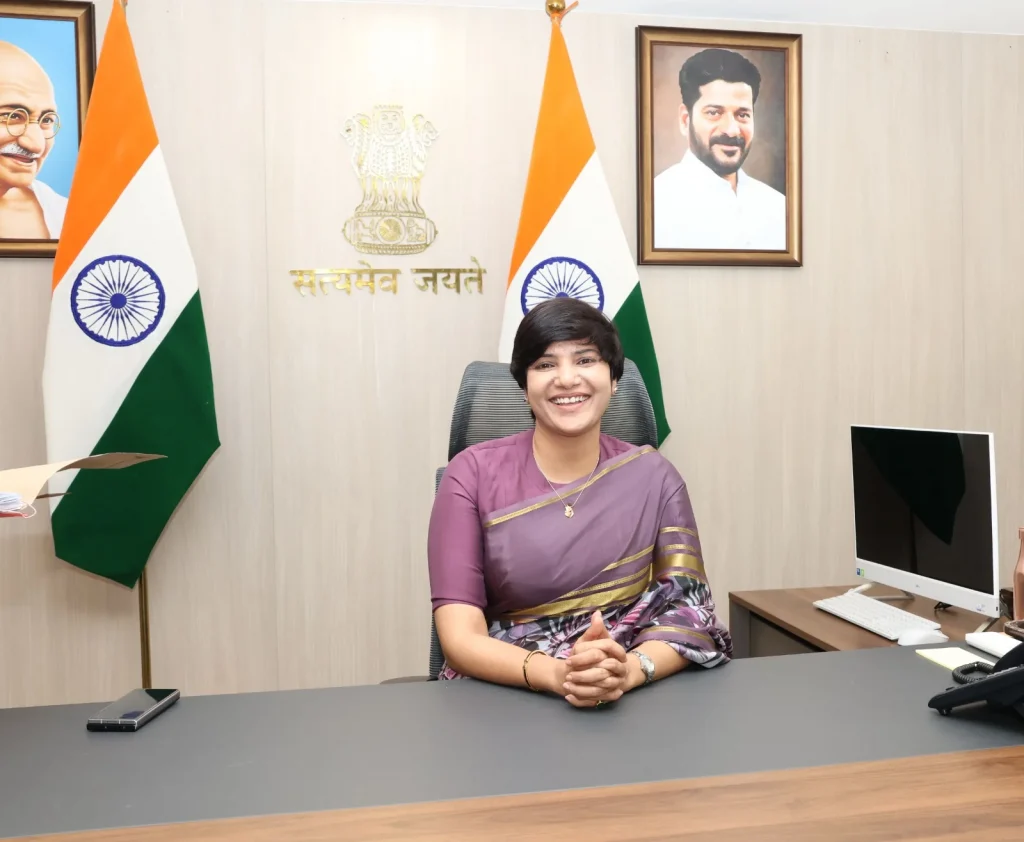
The Officer Behind the Change: Hari Chandana IAS
Ms Chandana’s reputation as an honest and effective officer is no coincidence. Her wide recognition comes from a sustained record of innovation and dedication to public welfare across diverse domains.
- Eco Warrior: Known for transforming urban waste into valuable resources, she has shown that sustainable solutions can thrive with the right leadership.
- Youth Champion: Through campaigns against drug abuse and initiatives focusing on youth welfare, she has actively worked to build a healthier, more empowered generation.
- Trusted Leader: Her ability to deliver tangible results consistently has earned her the unwavering trust of the public and colleagues alike.
It is this blend of vision, integrity, and practicality that makes her the perfect champion for introducing the U-shaped seating concept in Hyderabad schools.
Why U-Shaped Seating? The Educational Paradigm Shift
Traditional classrooms with rows of desks often create passive learning environments, leaving many students disengaged – especially those relegated to the “backbenches.”
Ms Chandana said, “Education is not just about imparting knowledge; it’s about creating spaces where every child feels seen, heard, and empowered to participate actively.”
The U-shaped seating arrangement challenges this status quo by-
- Bringing every student into direct view, enhancing visibility and participation.
- Fostering active peer-to-peer interaction and dialogue.
- Shifting the dynamic from a teacher-centered lecture to a student-centered discussion.
- Encouraging critical thinking, collaboration, and inclusivity.
This change is more than aesthetic – it’s a genuine pedagogical revolution that nurtures engagement and boosts learning outcomes.
The Power of Leadership: Mobilizing Stakeholders for Change
Introducing a fundamental shift in classroom design is no easy feat. It requires-
- Teachers to embrace new instructional methods.
- School administrations to rearrange physical spaces.
- Parents to understand and support the benefits.
- Students to adapt to a new interactive learning style.
This is where Ms Chandana’s role as an IAS officer becomes pivotal. Her credibility, communication skills, and public rapport enable her to unite all these stakeholders under a shared vision.
She believes, “True leadership means listening to the needs of the people and having the courage to bring bold ideas to life, even when they challenge tradition.” This mindset has helped overcome resistance and build momentum for the initiative.
Hari Chandana: Catalyst of Educational Transformation
Visionary and Credible Leadership
Ms Chandana’s leadership transforms ideas into actionable reforms. Her proven track record in multiple sectors lends weight to this initiative, helping overcome skepticism and rallying educators, parents, and officials to the cause.
Deep Commitment to Youth Development
Her passion for nurturing young minds through holistic development programs aligns perfectly with the educational benefits of U-shaped seating. She exemplifies how genuine concern for children’s futures can drive systemic improvements. Reflecting on this, she shares, “Our children are the architects of tomorrow. It’s our responsibility to nurture their curiosity and critical thinking by transforming the way they learn today.”
Strategic Mobilization and Collaboration
Ms Chandana’s exceptional ability to engage diverse groups – teachers, principals, parent-teacher associations, and government departments – ensures smooth coordination and consensus-building, crucial for such large-scale implementation.
Administrative Excellence in Execution
Beyond ideas, she excels at practical delivery – managing logistics, teacher training, and classroom reconfiguration efficiently. Her administrative acumen guarantees that the initiative moves from concept to reality with minimal disruption.
Inspiring Trust and Creating Momentum
When a leader as respected and effective as IAS Chandana champions change, it inspires confidence across all levels. Her honest, clear intentions turn potential resistance into enthusiasm, making schools eager to adopt modern, student-centric pedagogies that prepare learners for the future.
A Brighter Future for Hyderabad’s Children
The shift to U-shaped seating is not merely about rearranging desks; it symbolizes Hyderabad’s commitment to active, engaged learning. With IAS Chandana leading this educational revolution, the city is poised to cultivate a generation of critical thinkers, collaborators, and confident learners.
In the hands of such visionary officers, the future of education in Hyderabad shines bright – proving that honest leadership coupled with innovative ideas can indeed change the world, one classroom at a time.

